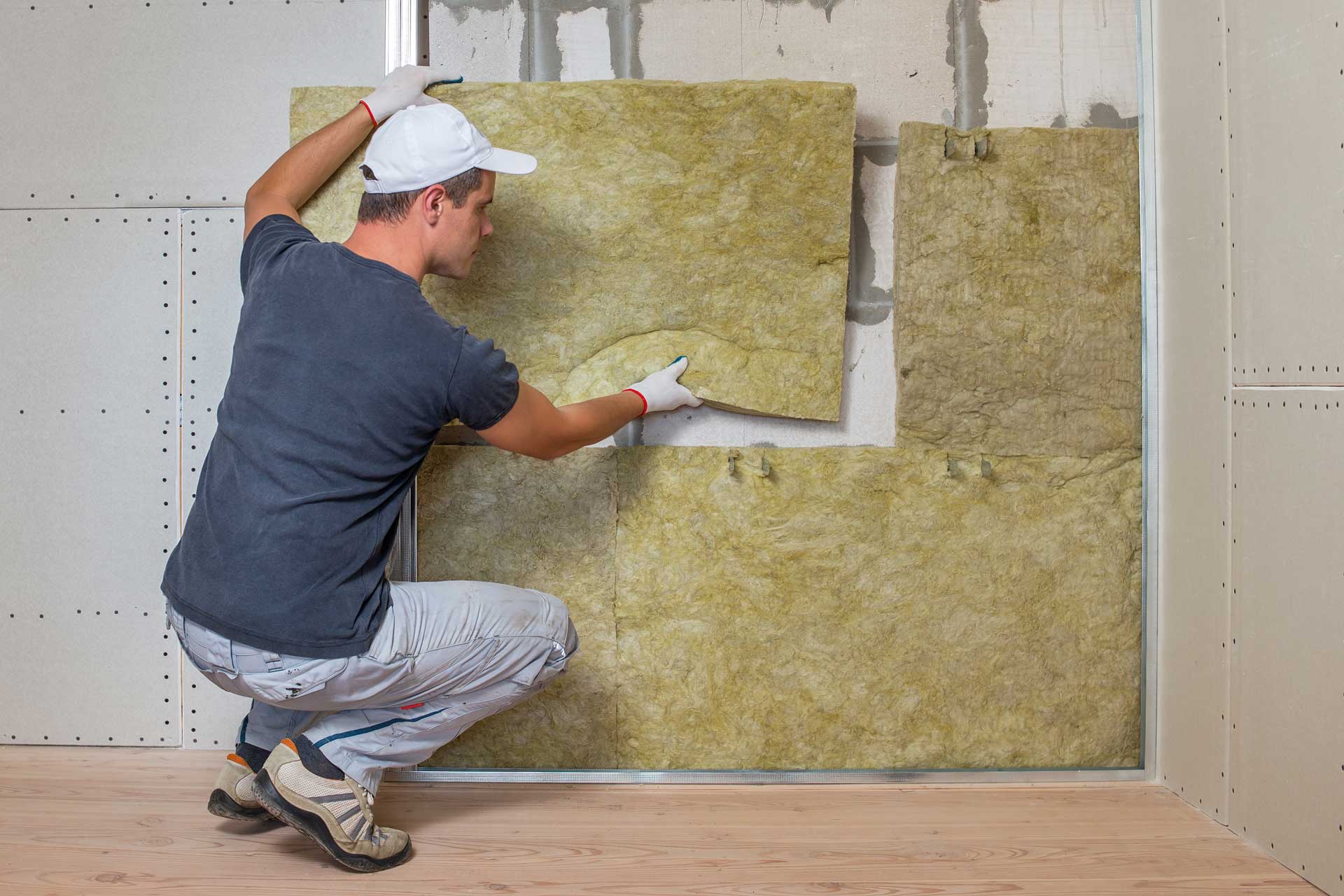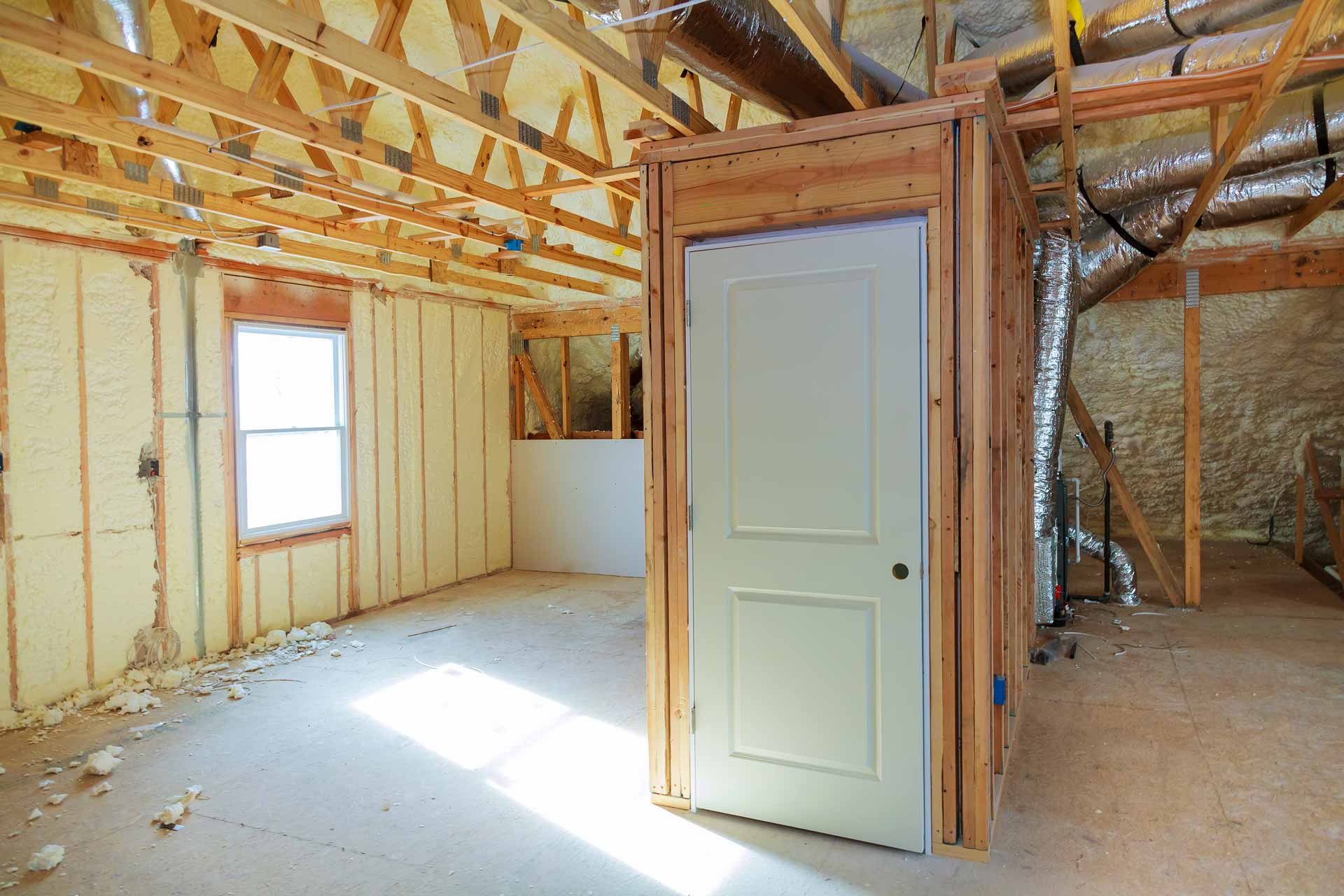How to Pick the Best Window Treatments?
Whenever a new year begins, we intend to do better. There is a leveling-up component to many aspects of our lives, from our health and habits to our homes.
Window treatments are essential to a happy life, and they play an important role in providing a good environment. Window treatments, as when curtains are called, are decorative window coverings or parts of windows.
Manufacturers donate the fabric and other decorative materials that go into window treatments. A bare window is just a blank canvas, so dressing them is probably just as important.
Importance of window treatments
Additionally, window treatments protect your floors, walls, and furniture from UV rays and sunlight. UV rays fade wood, furniture, and paint when exposed to the sun constantly.
You can control the amount of sunlight entering your home through many types of window treatments. As the jacket of interior design, window treatments add both style and fashion to a room.
The elegance of a full drape complements the simplicity of a simple window shade. After all, the appearance of a window indicates whether an interior is polished or not.
Choosing Window Treatments: A Step-by-Step Guide
It can be daunting when faced with endless options and a blank slate to choose from—step-by-step guidelines to help you choose the right window treatment that fits your budget and meets your needs.
Step 1: Functionality
Determine how your drapes or shades will work first. Choose from these three options in dressing a window, door, unusual window shape, obstructed window, or side-to-side tilting window.
The shades that move up and down include Roller, Roman, Solar, and Cellular shades. A side-to-side control is common for drapes and vertical blinds for windows and sliding glass doors.
Step 2: Privacy
How much light you want to let in or block depends on how far your windows are from the neighbor or how much privacy your window treatments need to provide.
The light filtering properties of solar shades provide some privacy while still letting in light. Shades and drapes that block out light and provide complete privacy are lined or made with blackout materials.
Step 3: Usage
It’s time to figure out how often you’ll open and close your window treatments. Others are better suited to daily use.
Roller shades and solar shades are easy to open in the morning and close at night, making them a good choice for frequent use.
Multiple window treatments can be operated simultaneously, favorites can be set, and timers can be programmed.
Step 4: Styles
During window treatment selection, keep the room’s ambiance in mind. From traditional drapes to contemporary blinds and shades, window treatments can transform a room and add personality.
By how a window is covered – or not – the design tone is set. Rich velvet drapes add drama to a formal room. An elegant backdrop is created by wood blinds covered by valance.
Step 5: Shades
Shades cover windows with color and provide privacy when closed. Shades blend form and function in both casual and formal settings. Tie-up shades, also known as stagecoach shades, are held open by ribbons or strips of fabric.
Stacking evenly, the shade fabric creates a billowing effect as it is opened. Rolling shades roll up at the top of a window with a cord or corded lift and give the room a clean, modern look.
Step 6: Budget
Choosing the perfect window treatment for your home begins with setting a budget.
The style and material of window treatments have an impact on cost.
A, B, and C are price groups next to each material type on The Shade Store website, representing budget, medium, and high options.
Summary
Home windows are more than just structural elements. In a way, they are essential, functional, and aesthetic and directly connect to our happiness.
Choosing a style or type of treatment goes beyond choosing a color or pattern. Window treatments keep heat and cold out of spaces with direct access to the outdoors. Your heating system will work harder if even a small draft alters the interior temperature.






